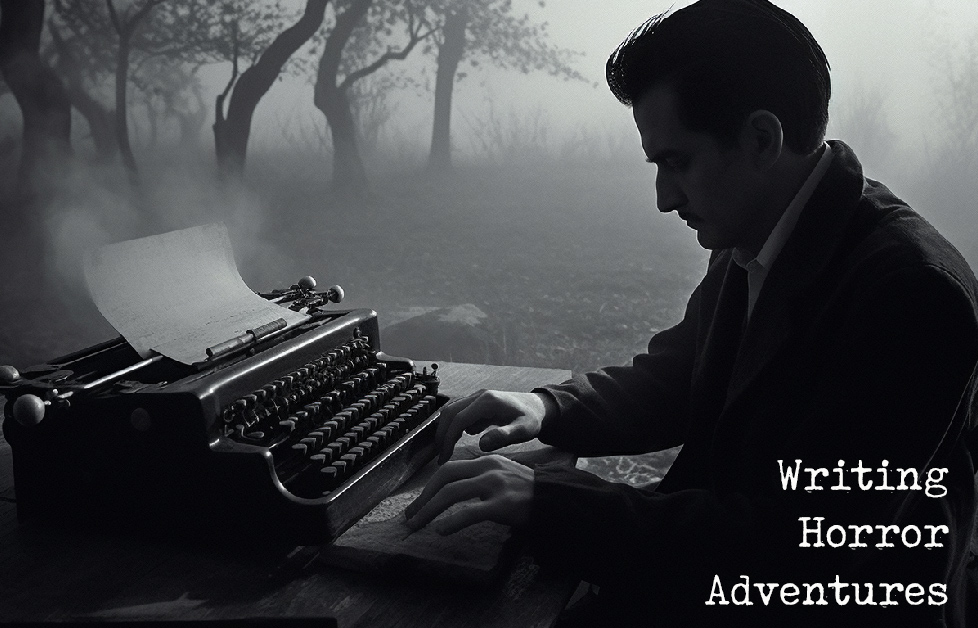Over the last few years, I’ve written over a dozen free horror adventures that you can find on this website. They range from horror adventures that span unusual historical settings, to takes on rare genres (at least in RPGS) like 80s slasher films and 1950s retro cheese. In that time span, I’ve also discovered new RPG systems I’ve really come to enjoyed, ranging from the constrained, often stressful Alien: The Roleplaying Game to Vaesen, a wonderfully atmospheric game that focuses on folkloric horror that feels both familiar and exotic at the same time.
This week I was lucky enough to be invited to VaesenCon to participate in a few panels about writing and GMing horror games. And even though I’ve learned a lot by writing so many adventures of my own, I was thrilled to find out that I learned so much more from my fellow panelists.
Here’s the top learnings I captured from these other skilled GMs and writers of horror:
- Double the clues… and make them float. Horror adventures are often investigations, with the PCs hot on the trail of a strange creature, or trying to assemble the clues to a creepy mystery. If you’re writing this kind of investigative adventure, every piece of your mystery should contain at least two, redundant clues. It’s even better if one of those clues can “float” and be used by the GM on an adhoc basis. For example, if a medieval tapestry shows the location of a gill man’s lair, then an old hermit who lives in a lonely cabin should have the same information too. And, it’s even better if that tapestry can “float” — be potentially found in multiple locations — so even if the PCs miss it, the GM can place it somewhere else.
- Spend extra time on the villain’s motivations. Horror adventures often feature villains with dark plans — summoning elder gods, planning sacrifices, or using an ancient artifact for some selfish purpose. Horror villains work better when they have a clear motivation, something that is glossed over in a lot of adventures because they don’t often appear until the end of the adventure. But without a clear motivation, apparent to players up front, the adventure becomes harder for the GM to run and harder for the players to follow. Give your villains clear motivations — and sympathetic ones are often the best — and your scenario is more likely to (darkly) shine.
- Ground your settings in reality. Horror settings feel more authentic when they pull from reality. Do a little research before you start writing. Find local chilling stories and expand them, look up photos of abandoned factories near your home, research the events that happened a century ago that everyone has forgotten about. The more your horror scenario is grounded in reality, the more real — and spooky — it will feel to your players. (And I like to print out a few handouts of these old photos or original stories, to really bring the world to life.)
I’m excited to put these learnings to use soon! I’ve got a couple of new horror ideas I’m working on, but am in the middle of something more fantastic at the moment. If you’ve got some favorite lessons from writing, running, or playing horror games, let me know in the comments below!
If you’d like to learn more, check out one of the favorite panels I got a chance to be involved with. While it focuses a lot on Vaesen, the tips are just as valid for Call of Cthulhu and other horror games.
Related: Writing a haunted house adventure


Can’t wait to see what you have in store. I love every adventure you put out.